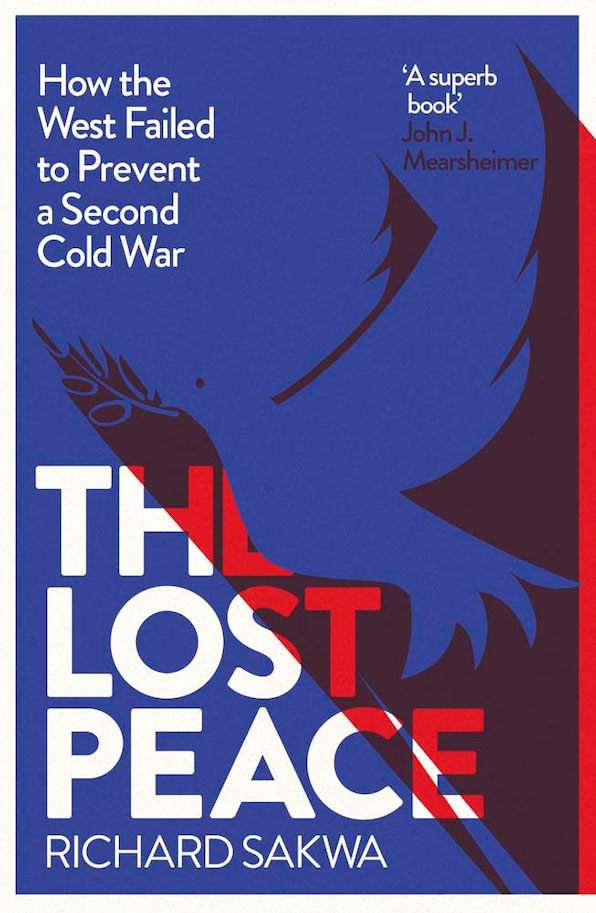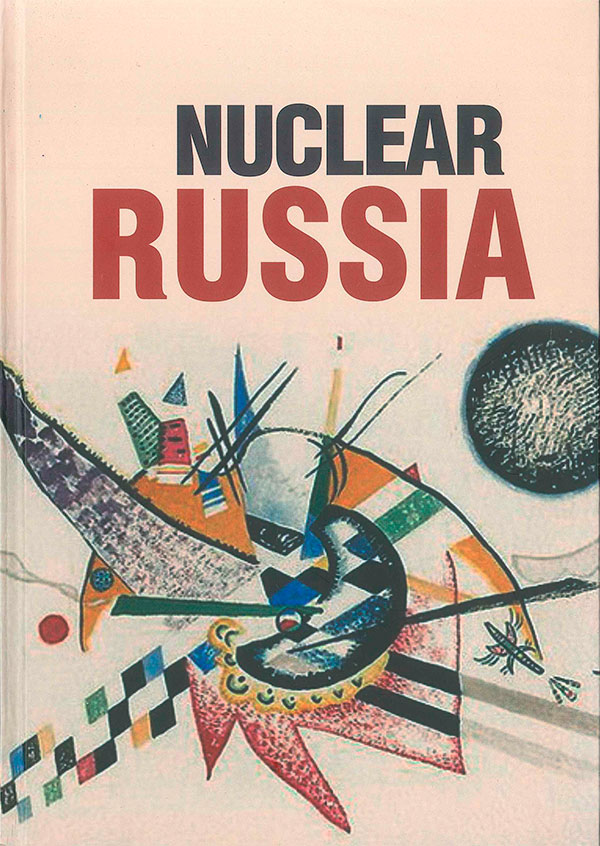The EU needs more gas
In
Log in if you are already registered
Much has been written about Europe’s falling dependency on natural gas and how detrimental this seemed to be for Russia, being the biggest supplier of natural gas to the old continent. Falling demand, falling prices and eventually falling revenues for Russia’s state budget – Russophobes were quick to celebrate the demise of Europe’s gas dependency on Russia and the tectonic power shifts in the energy interdependence model between Russia and the EU, which has existed for decades. However, they were all wrong. The recent data published by Eurogas confirmed a 4% increase in the primary demand for gas by EU member states. In reality, Western and CEE countries had a relatively larger increase in gas demand compared to the average, which was mostly offset by falling demand in the Baltic and Scandinavian countries. This trend was accompanied by an overall increase of exports by Gazprom to non-CIS countries by 8%. What’s more remarkable is the 17% increase in deliveries to Germany, which lead to record sales of 45.3 billion cubic meters of natural gas. All this is happening amid the growing political tensions between the European Commission and Moscow over the crisis in Ukraine and active market liberalization policies initiated by the introduction of the Third Energy Package. What are the factors for the increased demand and how is Russia’s energy giant Gazprom coping with the recent dynamics on the European gas market? Answering those two questions will give us a better idea of how recent market aberrations are influencing EU-Russia energy relations. Analyzing the following data gives us a very simplistic, yet adequate idea of the ongoing demand trend in Europe. What the data fails to portray is the existing asymmetry of gas demand, consumption and dependency on Russian gas deliverers by different member states, which is critically important for the understanding of the existing gas interdependency. Primary consumption of natural gas in EU-28 (+ Switzerland and Turkey) 2011 -10.0% 2012 -2.0% 2013 -1.5% 2014 -10.4% 2015 +4.1% …what happened?
Colder Climate European winters are relatively cold, thus requiring substantial amount of natural gas for heating purposes. The return to normal winter temperatures in early 2015 greatly added to the increased demand for natural gas in the EU. The first half of the 2015 was marked by a weather differential that was within limits for the typical winter season in Europe, unlike the unusual warm temperatures in 2013 and 2014. This means that end consumers (typically households) had to use more natural gas for heating purposes, which was the main contributing factor for the increase of 9% of gas demand in the first half of 2015. This sharp increase was normalized by a more stable demand in the second half of 2015. Economic Recovery Early 2015 was marked by economic recovery for the EU, which meant an increase in industrial demand for gas consumption. This trend was especially evident in France and Austria. Despite the sharp increase in gas demand in early 2015, the low coal prices capped the demand for gas. Decrease in Gas production The reduced production capacity of the Groninger field in the Netherlands (Europe’s largest gas field) lead to sharp decrease in year-to-year gas production in the EU by 14%. This increased the import demand. Gazprom on the move Being the world’s largest natural gas producer, Gazprom is actively trying to increase its market share despite setbacks such as low prices, decrease in demand, halted projects, politicization of gas deliveries, increased LNG deliveries from competitors, and EU market liberalization legislature. Nevertheless, Gazprom has the most competitive natural gas price in the region and a large pipeline infrastructure, which are part of its competitive advantages. The fall of oil-indexed prices and the first gas auction in September of 2015 increased Russian supplies to the EU. Auctions have proved to be a successful endeavor for Gazprom. It sold 1.23 billion cubic meters of gas, with average price of 203.2 euros per 1,000 cubic meters, which it considers a success. The company envisions a higher role of the auction in future years, aiming at 10% of total sales to be carried through this sales mechanism. What’s next for EU-Russia’s energy relations? Data from the EU commission for the 3rd quarter of 2015 is leading many to ask the question: Is the EU really managing to lower its gas dependency on Russia provided there are 18% higher imports from Russia and 41% of total gas imports for the EU were supplied by Russia? The beginning of 2016 showed even more dramatic figures, such as a 17% increase in gas deliveries to Germany reaching an all-time record figure.
While the EU Commission is actively trying to decrease Russia’s leverage on the EU market, individual member states such as Germany, Austria, France and Italy continue to seek more profitable cooperation with Russia. The two layers of European politics (the EU Commission and the individual member state level) seem to be diverging not only in their energy interest, but also in their political policies and relations to non-EU members. It’s about time we ask the question:
Whose interests is Brussels representing and who benefits most from securitization of Russian gas deliveries?
References:
“Gas demand in EU rises for the first time in four years, according to new Eurogas data.” Eurogas Press Release. 30th March 2016. “Gazprom Sees Record EU Exports as It Shrugs Off U.S. LNG.” Bloomberg. February 1st, 2016. “Quarterly Report on European Gas Markets.” Market Observatory for Energy. Vol. 8, issue 3. Third quarter 2015.
“Russia's Gazprom aims for more gas auctions in Europe this year.” Reuters. March 1st, 2016. “Eurogas sees EU 2015 natural gas demand increasing 7% on year.” Platts. 23rd October, 2015. “Russian Gas Export to Europe Surge.” RT. 29th February 2016.




